Taboo: Body аnd Mind
The human body has always roused the curiosity of artists. Throughout their long history, depictions of nudity have served as everything from academic exercises in the study of the human figure to complex symbolic language. In the centuries which preceded the artistic deviations of modernity, artists attempted to detach the theme of the nude from earthly sexuality and an explicit reference to the carnal, erotic, but also imperfect. At the beginning of the 20th century, the modernist principle of “liberated nudity“ began to emerge in Serbian art.
Who am I, who are the others, what are we to each other, how and why are we different? The question of self is as old as civilization. Society’s expectations from an individual have been shaped by different cultures, habits, and needs. Expectations, but also stereotypes, were molded by common patterns of behavior and life. Marginalized social groups, such as ethnic minorities, people with disabilities, along with differences in gender identity, age and class often serve as a pretext for the pressure and violence exerted by the dominant social group. The photographs of the performance by group MP_art, which raises the question of the relationship between the individual and the multitude, stand in correlation with Serbian portraits from the 19th and 20th centuries.
What feelings would you use to describe the Self-portrait by Novak Radonić? What about the sculpture Melancholy? For centuries, allegorical images of sadness, pain, fear or happiness have inspired reflection on feelings. From medical definitions to romanticist rebellion, art has mirrored the complex human emotional system. The expression of feelings through art also raises questions about the emotions of the viewer. When we view works of art, do we think or feel?
Death. The disquieting quietude awaiting us all, as the final and inevitable end which heeds neither wealth nor reputation, status nor power. Artists have always pondered the question of why this natural sequence of life events summons fear, anxiety, and unease. Death and ugliness are often depicted in contrast to life and beauty. Nevertheless, Christianity also highlights the optimistic idea of redemption in depictions of death, with images of Christ on the cross serving as a promise of eternal life, redemption and salvation for mankind.
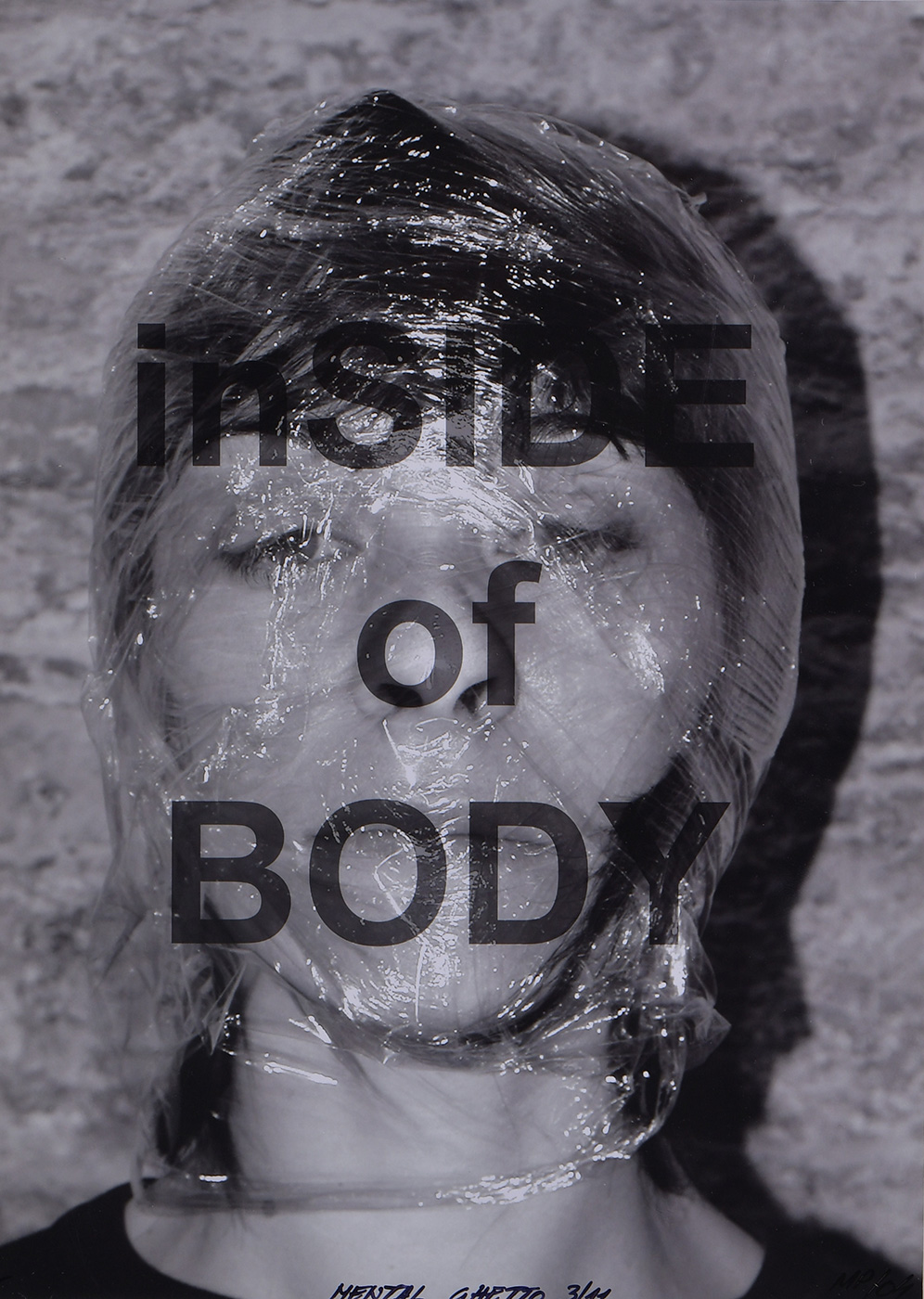
MP_art
Mental geto, Inside of Body, 2004.
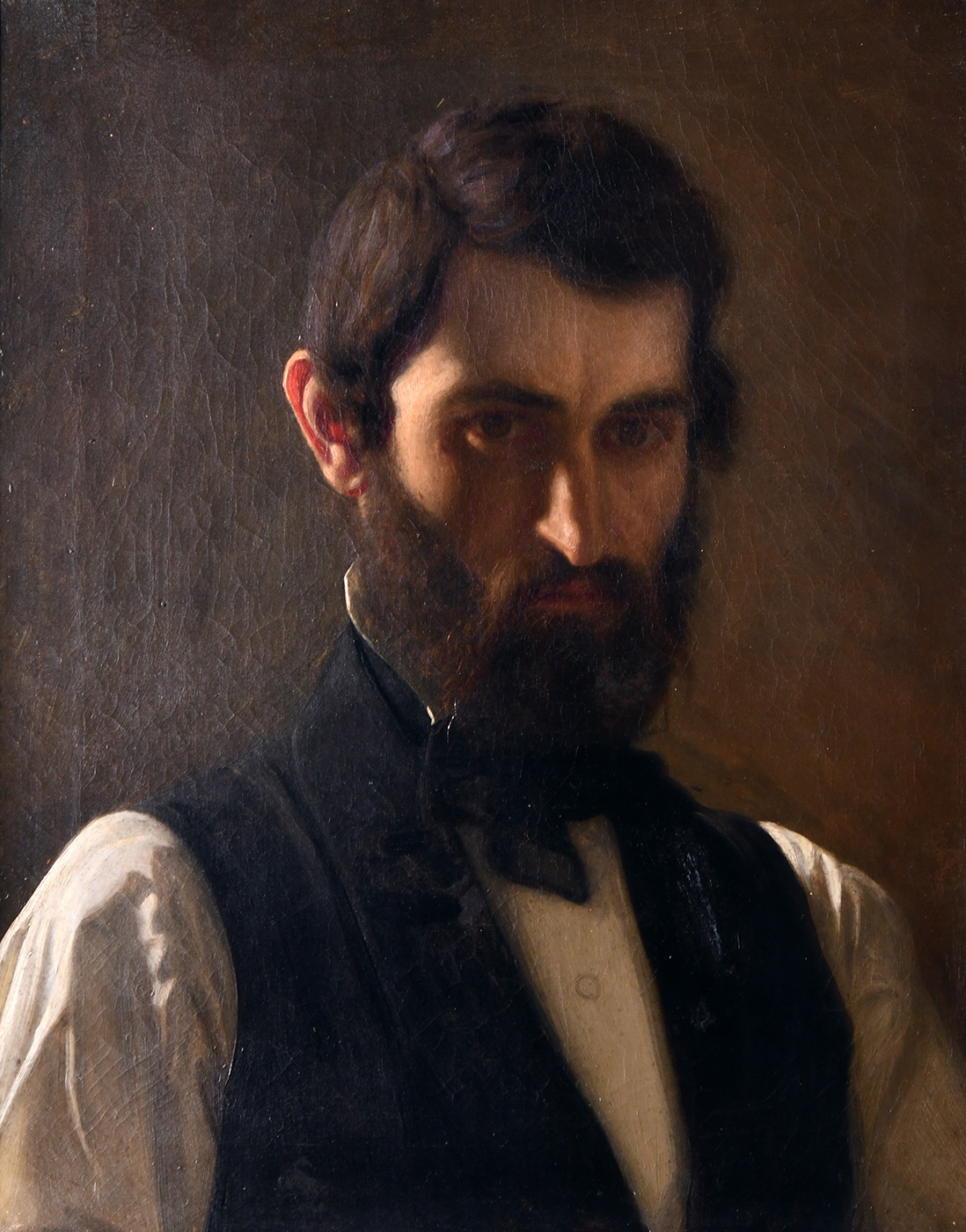
Novak Radonić
Self-portrait, 1857–1858
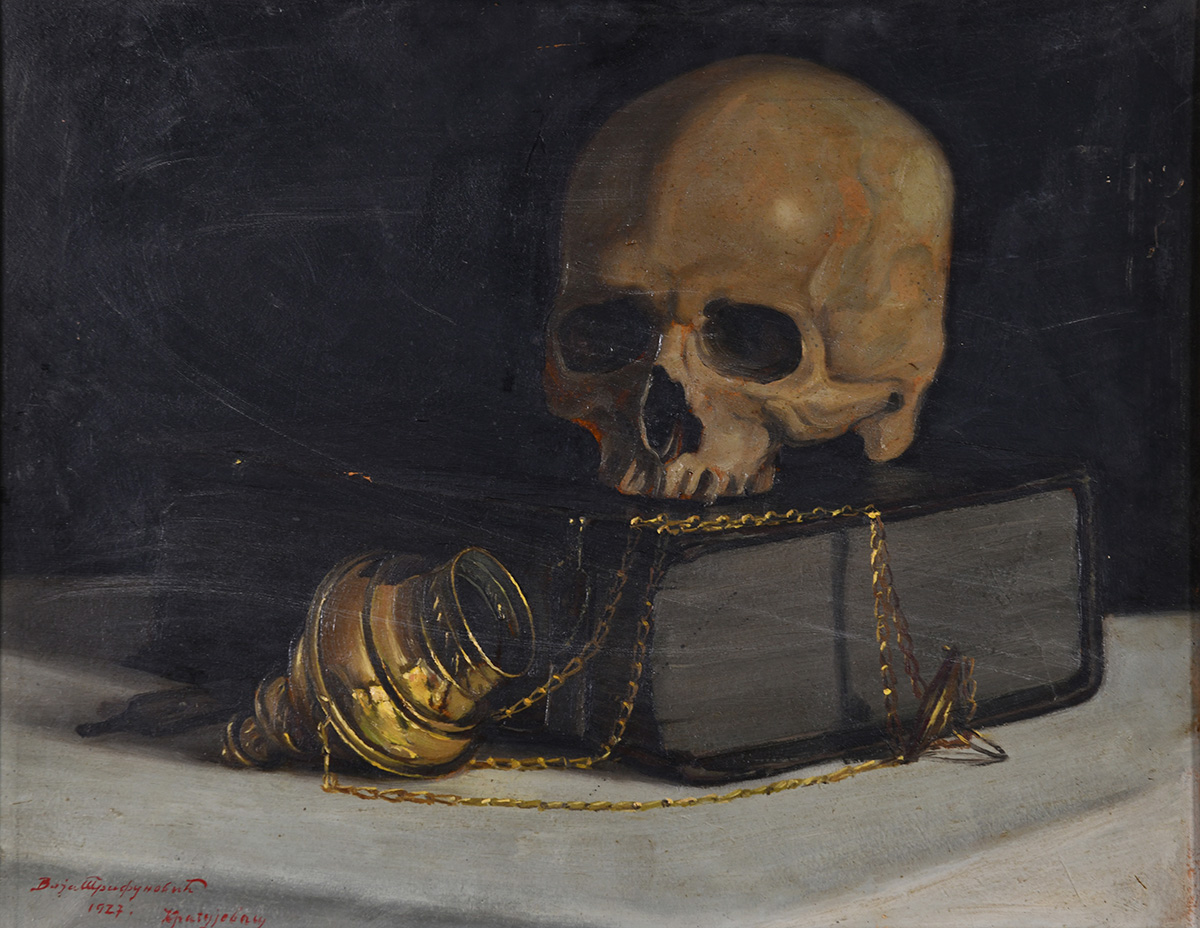
Voja Trifunović
Skull, Book and Cresset, 1927
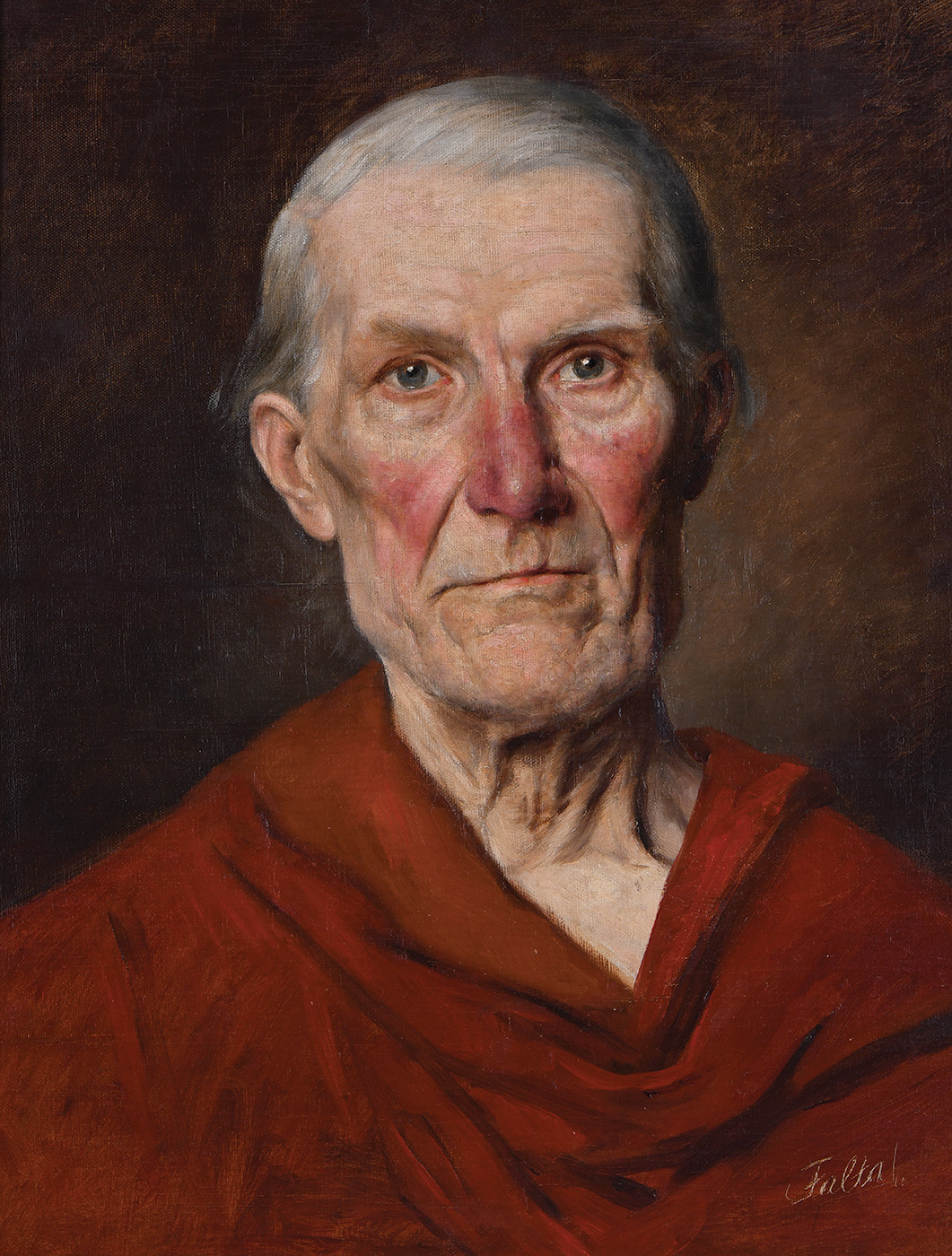
Josif Falta
Old Lady, 1892
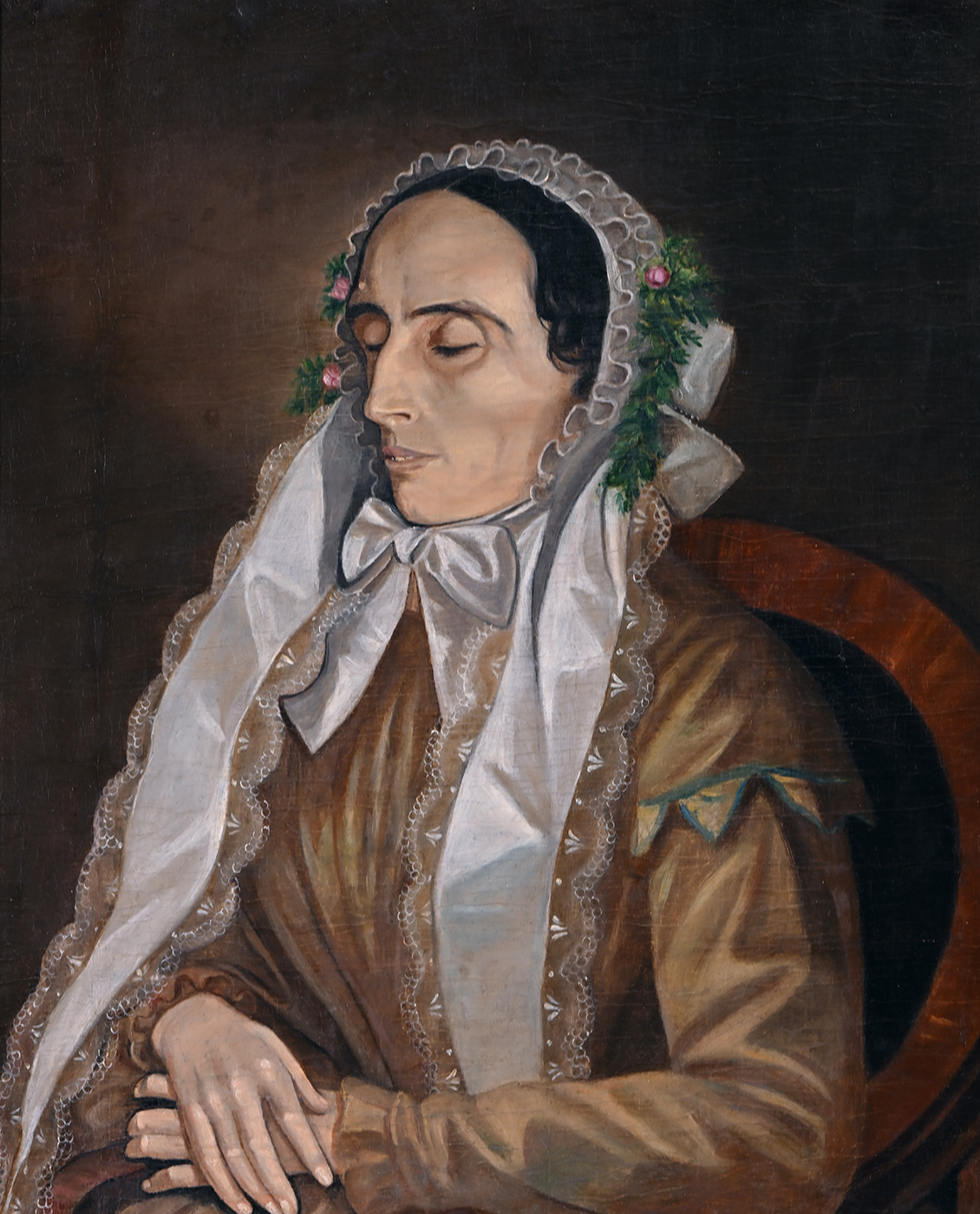
Nikola Aleksić
The Artist’s Wife in Her Final Moments, 1860–1870
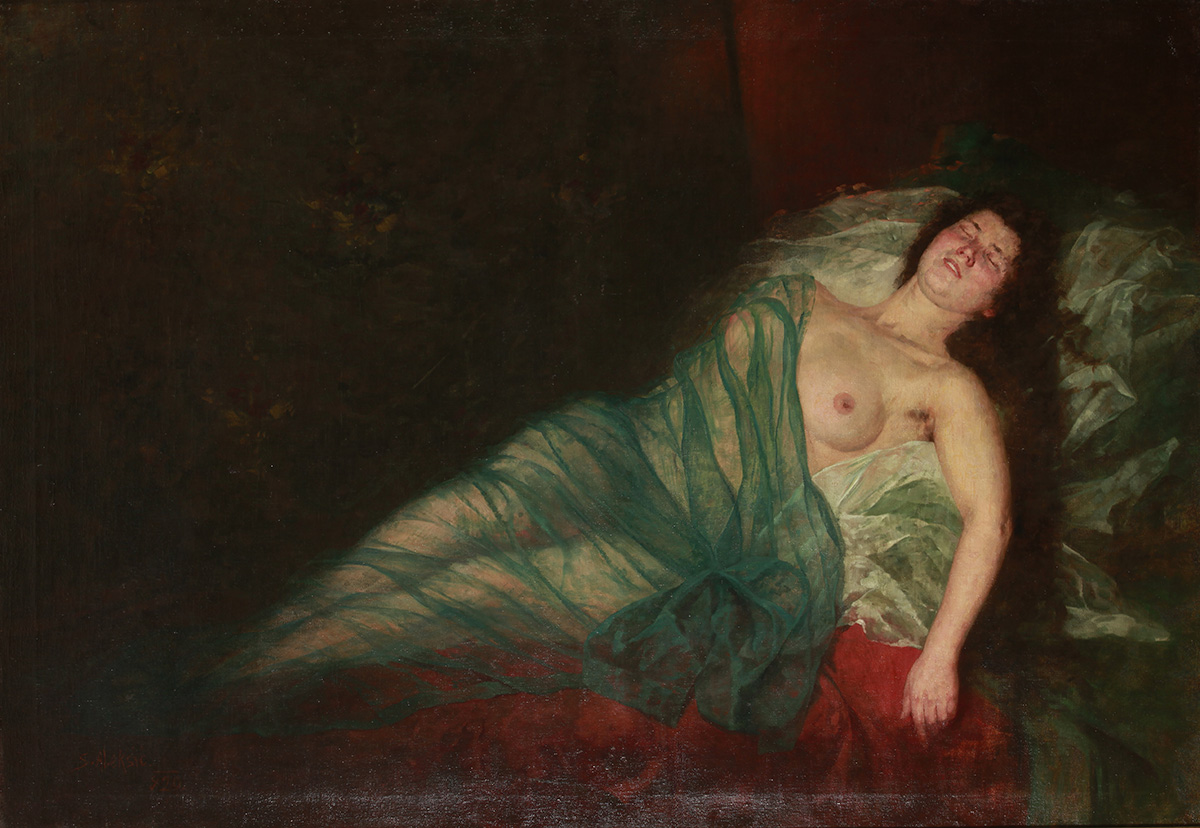
Stevan Aleksić
Female Nude, 1920
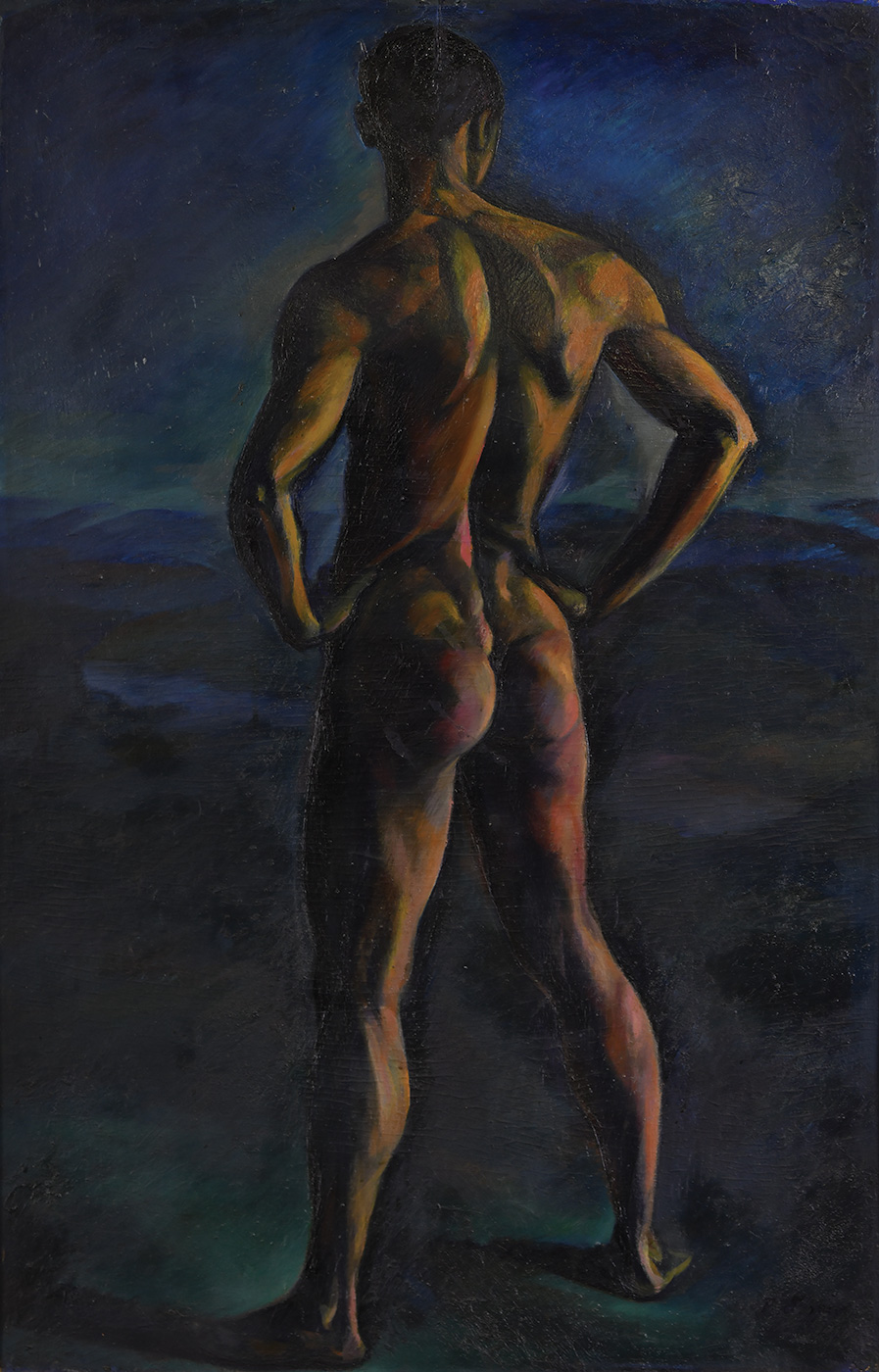
Petar Dobrović
A Young Man in an Evening Landscape, 1922
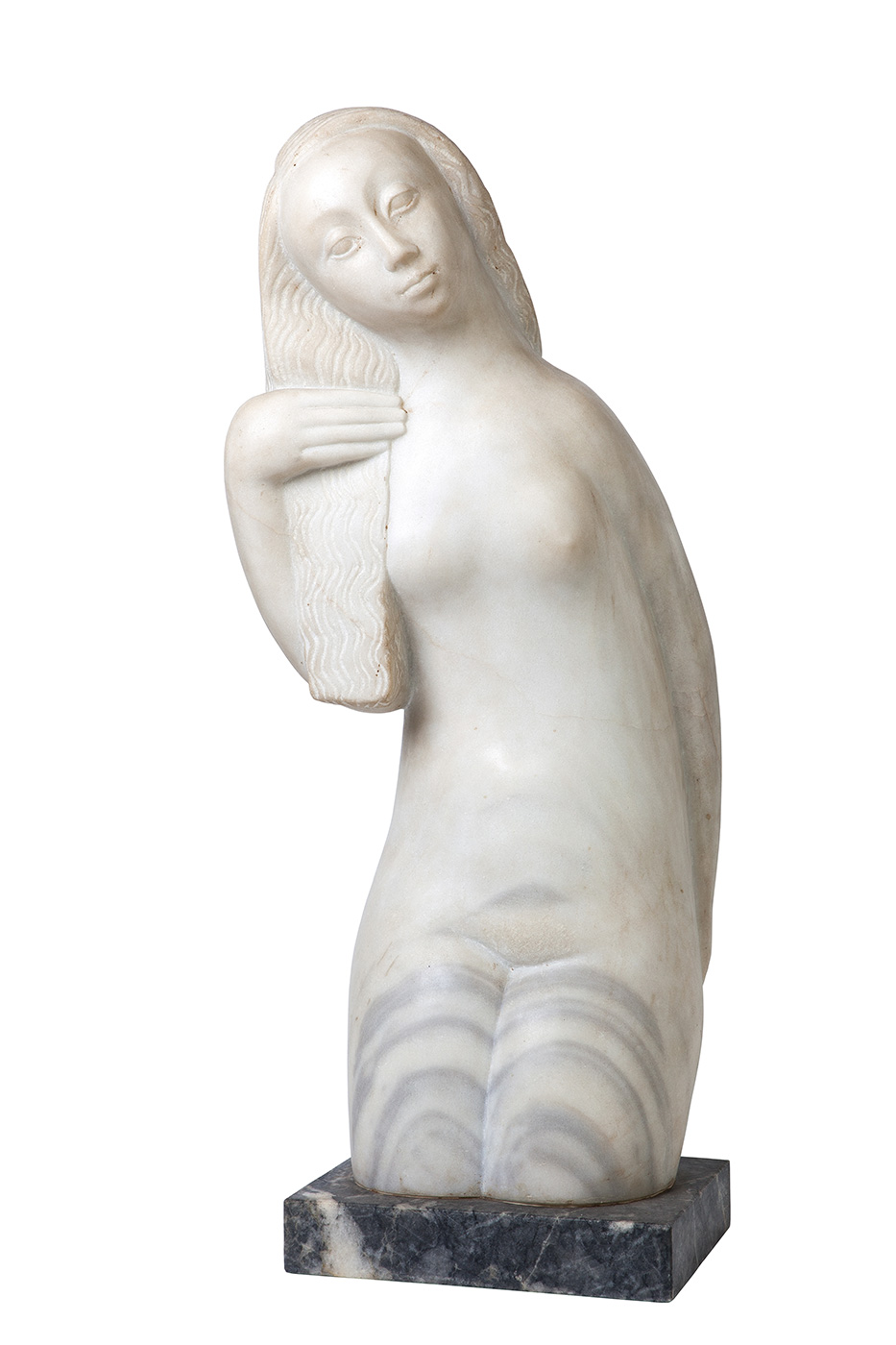
Sava Sandić
Melancholy, 1977